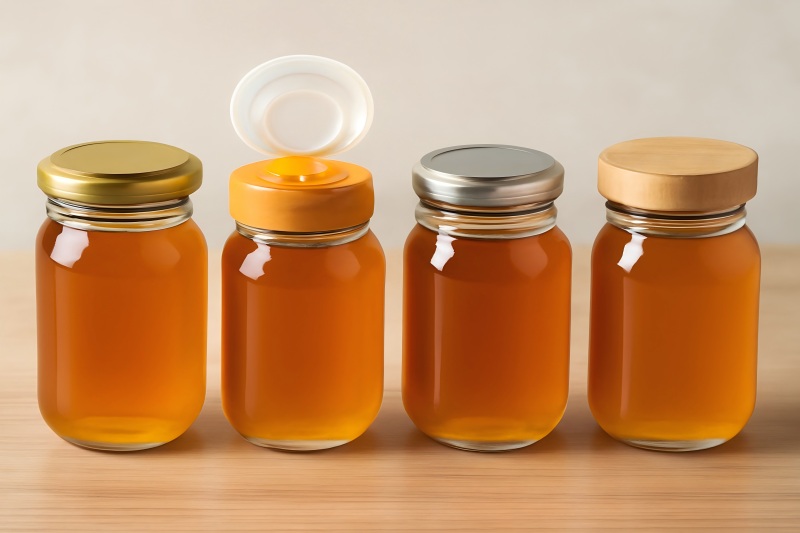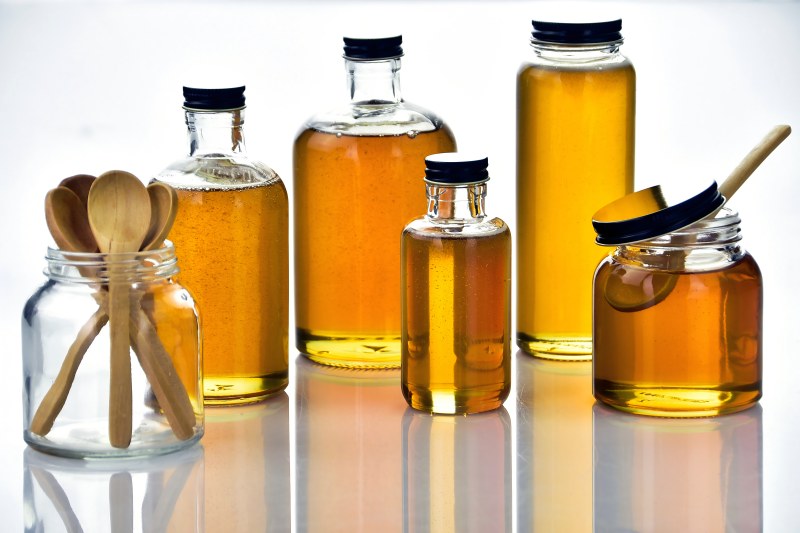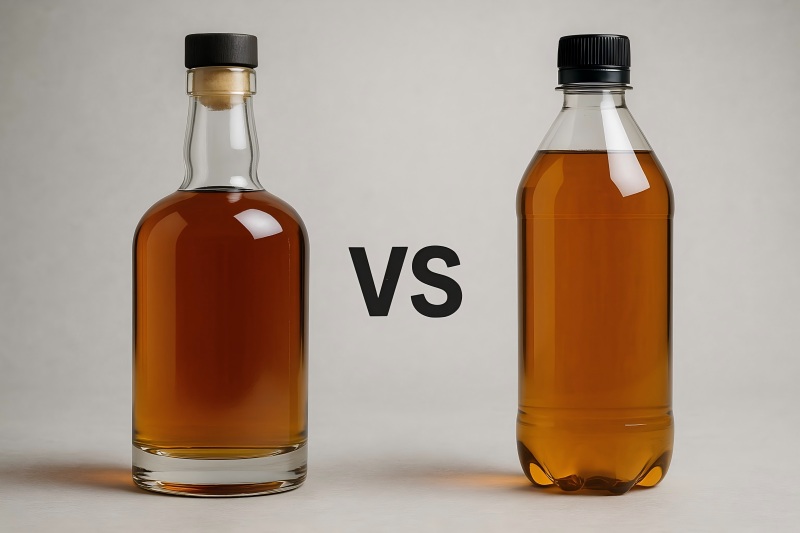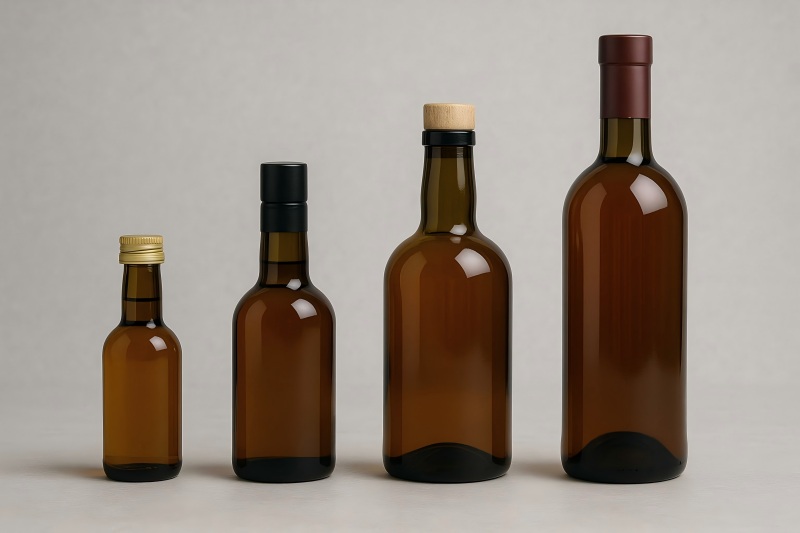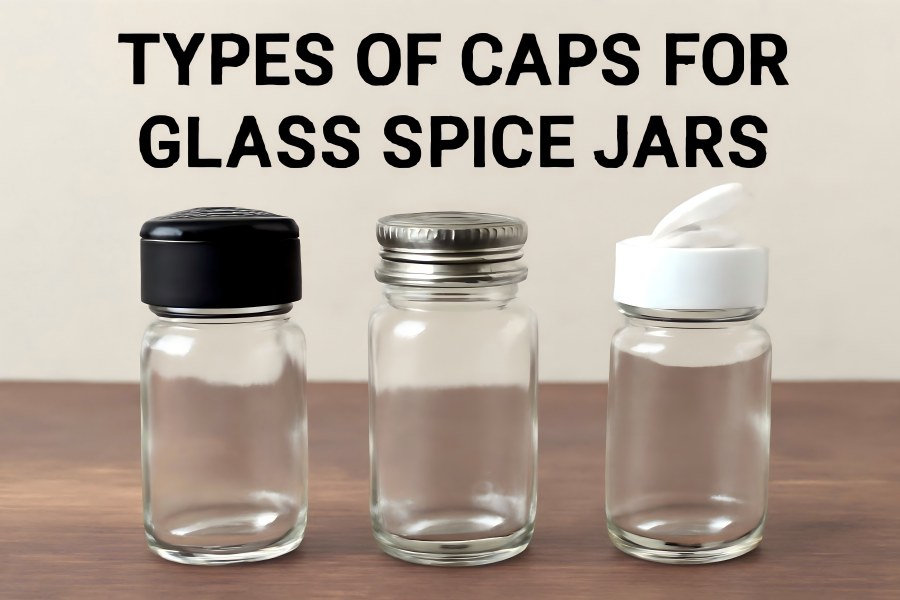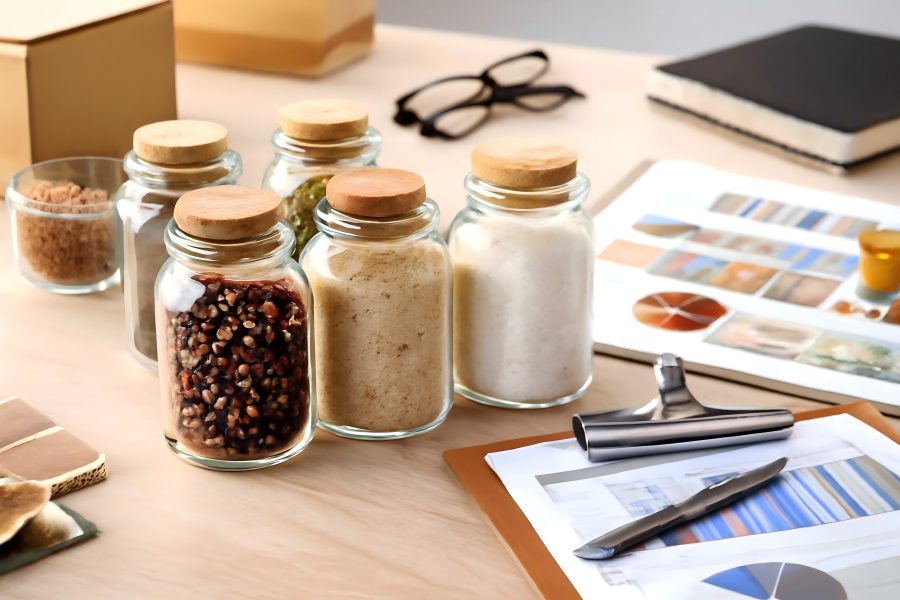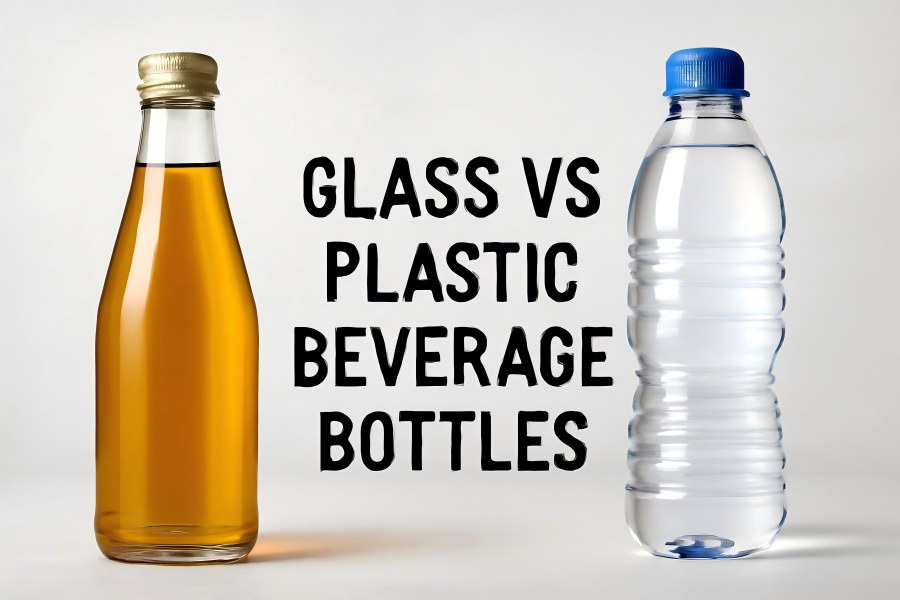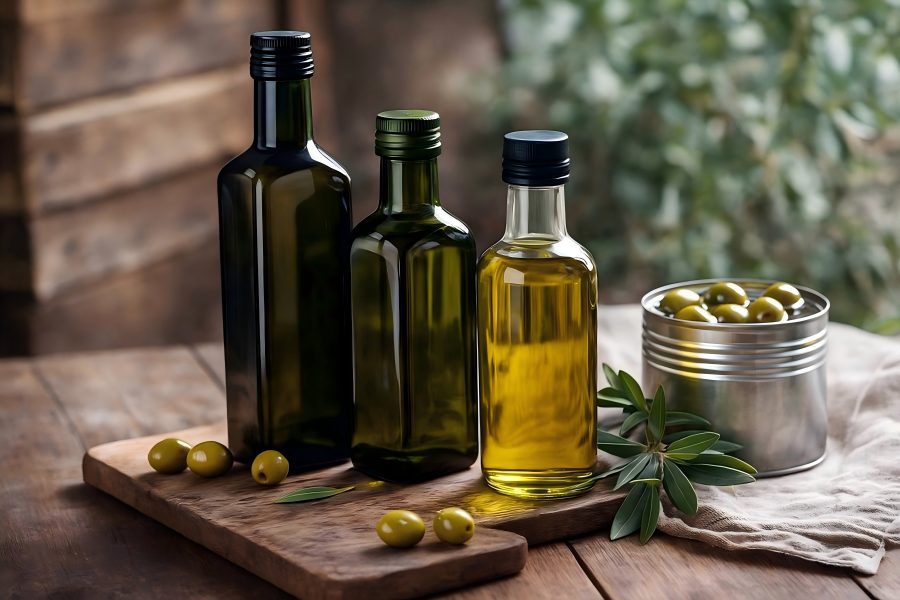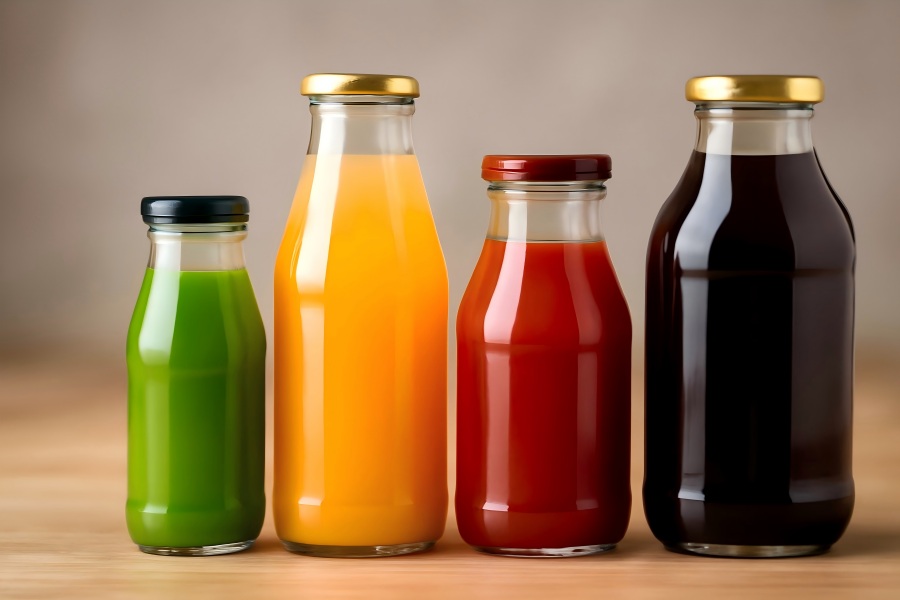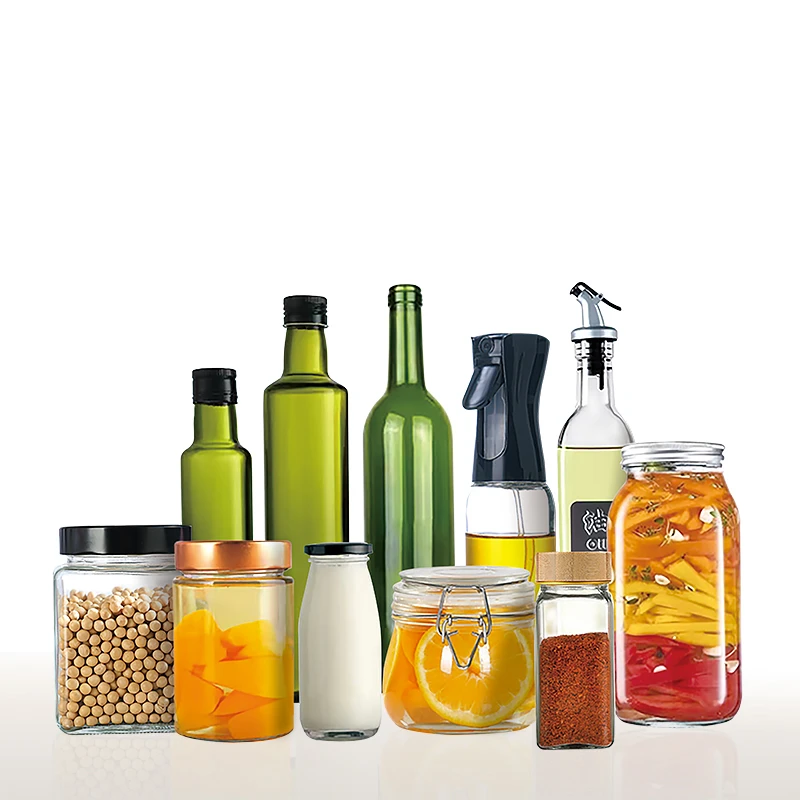The Complete Guide to Glass Jar Selection for Food Packaging
Glass jars are a timeless solution for food packaging, prized for their clarity, non-reactivity, sustainability, and aesthetic appeal. Whether you’re packaging artisanal jams, fermented vegetables, gourmet sauces, or bulk pantry staples, selecting the right glass jar is critical for preserving product quality, meeting regulatory requirements, and impressing customers.
Everything you need to know to select the ideal glass jar for your food product will be covered in this comprehensive guide, including jar sizes and types, closures, and labeling.
Why Glass Jars for Food Packaging?
Before diving into technicalities, it’s essential to understand why glass jars remain a top choice for food packaging:
- Glass is non-reactive and safe for food because it doesn’t release chemicals into it.
- Preservation of flavor and freshness: Ideal for preserving texture and aroma.
- Reusable and recyclable: Glass can be cleaned and reused, and it is 100% recyclable.
- Aesthetic appeal: Clear glass showcases your product beautifully on shelves.
Important Things to Take Into Account While Selecting a Glass Jar
The usefulness and appearance of a glass jar are influenced by several factors:
| Factor | Description |
| Product Type | Acidic, oily, chunky, or liquid? Different products have different needs. |
| Storage Conditions | Will it be refrigerated, pasteurized, or shelf-stable? |
| Preservation Method | Hot-fill, vacuum-sealed, or fermented? |
| Consumer Usage | Single-use, refillable, or bulk storage? |
| Design Aesthetics | Rustic, minimalist, luxurious, eco-conscious—style matters. |

Common Types of Glass Jars
Here are the most commonly used glass jars in the food industry:
| Jar Type | Description | Best For |
| Mason Jars | Wide mouth, durable, typically used for home canning | Pickles, jams, and sauces |
| Hex Jars | Six-sided, elegant, space-efficient | Honey, mustard, gourmet condiments |
| Paragon Jars | Tall and narrow with straight sides | Herbs, spices, olives |
| Straight-Sided Jars | Cylindrical and stackable, easy to label | Nut butters, spreads, powders |
| Quilted Crystal Jars | Embossed glass texture for a premium look | Specialty jams, jellies, boutique products |
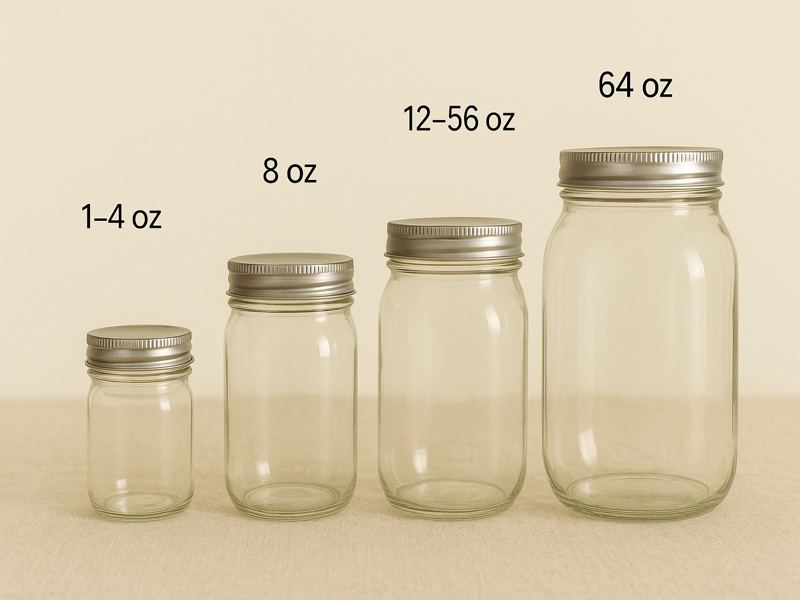
Choosing the Right Jar Size
Jar size affects serving size, shelf space, and shipping weight. Common sizes include:
| Size (oz) | Milliliters | Common Use |
| 1–4 oz | 30–120 ml | Samples, single-serve portions |
| 8 oz | 240 ml | Standard portion (jams, sauces) |
| 12–16 oz | 355–475 ml | Larger servings, bulk condiments |
| 24–32 oz | 700–950 ml | Pickles, sauerkraut, and nut butter |
| 64 oz+ | 1.9+ L | Bulk items, family-size packaging |
Choose based on:
- Product density (e.g., honey is heavier than dried herbs)
- Consumption rate (single-serve vs. family use)
- Pricing strategy (premium single-serve vs. value bulk)
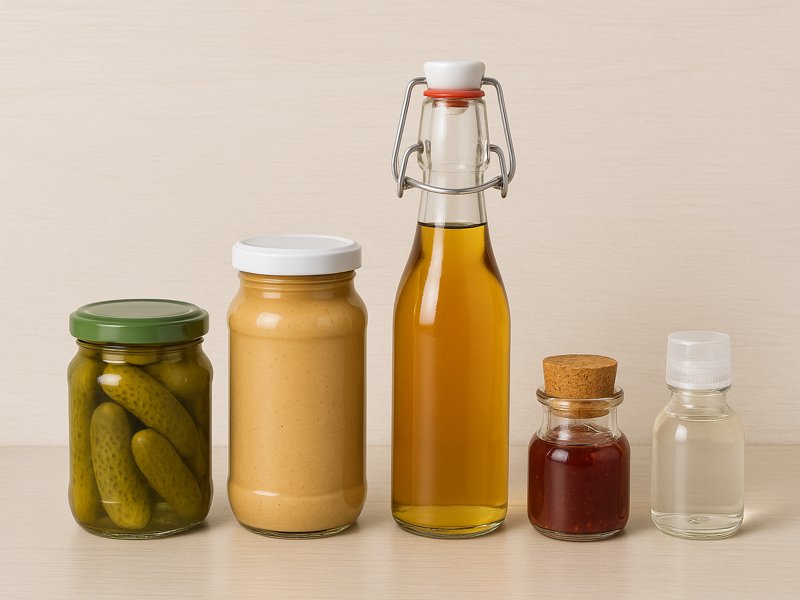
Selecting the Right Closure System
Closures ensure safety, freshness, and convenience. Here are the most popular types:
a. Twist-Off Lug Caps
- Often used in vacuum-sealed and pasteurized products
- Customers may easily open and reseal
- Ideal for pickled foods, jams, and sauces
b. Continuous Thread (CT) Caps
- Screw-on lids with plastic or metal threads
- Common for dry goods, nut butters, and spreads
c. Swing Top (Flip Top)
- Features a wire bale and a gasket
- Great for repeat use and premium packaging
- Often used for fermented foods or beverages
d. Cork/T-Cork Closures
- Stylish but less secure for liquids
- Best for dry or semi-solid gourmet items
e. Tamper-Evident Seals
- Important for food safety and consumer trust
- Available in multiple closure types
Considerations for Heat and Sealing Processes
If your food product undergoes heat processing, ensure your jar and lid are compatible with:
| Process | Suitable Jar Types |
| Hot-Fill | Heat-resistant glass, vacuum-seal compatible |
| Water Bath Canning | Mason jars, quilted jars, two-piece lids |
| Pressure Canning | Mason jars rated for high pressure |
| Fermentation | Swing-top or vented closures, gas escape is important |
Always confirm thermal shock resistance to prevent breakage during filling or processing.
Labeling and Branding Surface
A jar’s shape influences your labeling options:
- Straight-sided jars allow easy application of wrap-around labels.
- Embossed jars offer a vintage feel but reduce space for printed branding.
- Wide-mouth jars provide larger surfaces for top-down branding.
- Color options (clear, amber, green) affect both product visibility and UV protection.
Ensure your label material adheres well to glass, especially in moist or refrigerated environments.
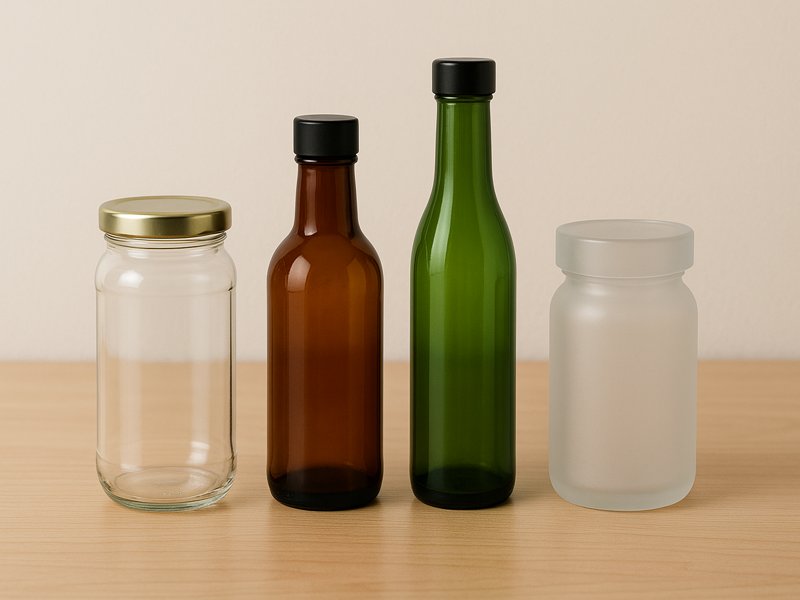
Glass Color and UV Protection
Color plays both functional and aesthetic roles:
| Color | Benefit | Ideal For |
| Clear | Showcases the product, neutral | Honey, sauces, jams |
| Amber | UV protection, traditional look | Fermented products, oils |
| Green | Distinctive style, partial UV blocking | Olives, specialty condiments |
| Frosted | Elegant, matte finish for premium lines | Cosmetics, gourmet lines |
Choose based on light sensitivity and shelf impact.
Sustainability and Consumer Trends
Eco-conscious consumers look for:
- Reusable jars: Encourage upcycling with attractive shapes.
- Recyclable materials: Ensure closures and jars are curbside recyclable.
- Minimalist packaging: Clear glass, simple labeling, no plastic shrink-wrap.
Glass jars outperform plastic in perceived sustainability, which boosts brand image.
Customization and Branding
If you want to create a strong brand identity:
- Embossed glass designs: Integrate your logo or unique texture
- Custom lids: Colored or printed caps enhance differentiation
- Packaging kits: Pair jars with sleeves, tags, or boxes
Even though they cost money, bespoke molds help set your product apart in a crowded market.
Cost Considerations
Glass jars vary in price depending on:
- Quantity (bulk orders significantly lower unit price)
- Type and complexity of closure
- Custom design and embossing
- Color and finish (e.g., frosted glass costs more)
- Logistics (glass is heavier and more fragile to ship)
Use this general cost guide:
| Jar Type | Estimated Unit Price (USD) |
| Standard Mason Jar | $0.40 – $0.90 |
| Hex Jar (8 oz) | $0.50 – $1.10 |
| Custom Embossed Jar | $1.20 – $3.00+ |
| Swing-Top Bottle | $1.50 – $2.50 |
Safety and Regulatory Compliance
When packaging food, safety is non-negotiable. Make sure your jars meet:
- FDA and EU food contact standards
- Good Manufacturing Practices (GMP)
- BPA-free or food-grade certified caps
- Leakproof testing, especially for shipping
Include tamper-evident features where necessary, especially for retail.
Sourcing Your Glass Jars
You can source glass jars from:
- Local manufacturers: Shorter lead times, better quality control
- Overseas suppliers: Lower cost, higher MOQs (minimum order quantities)
- Specialty packaging firms: Offer customized solutions and small-batch options
Key questions to ask suppliers:
- Do you offer food-contact certification?
- Can I order samples?
- Are lids included?
- What are the lead times and breakage rates?
Final Tips for Choosing the Right Glass Jar
- Always test your product in the jar for compatibility, especially with acids or oils.
- The closing torque should be checked for leak resistance.
- Ask for samples prior to placing a sizable order.
- Include headspace in the design to accommodate expansion and sealing.
- Don’t ignore logistics: Weight, fragility, and packing density affect shipping costs.
Selecting the ideal glass jar is a strategic choice that affects sustainability, customer experience, brand perception, and product shelf life. It goes beyond simple packaging. From selecting the right shape and size to closures and certifications, the perfect jar brings together form and function to help your food product stand out in a competitive market.
Whether you’re a startup launching a new gourmet condiment or a seasoned producer expanding your product line, the right glass jar can elevate your packaging and brand to the next level.

